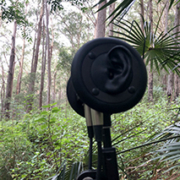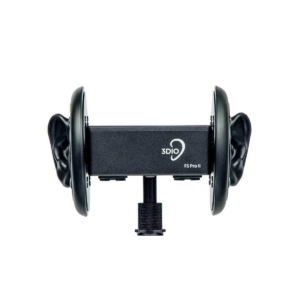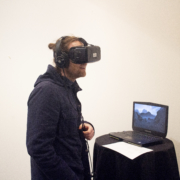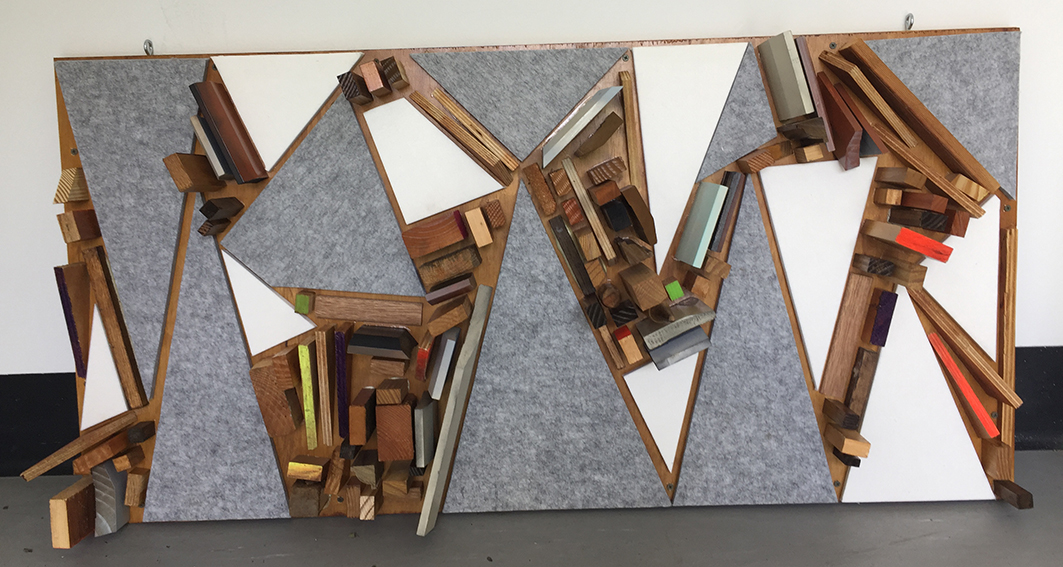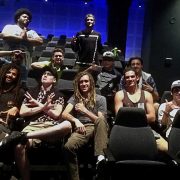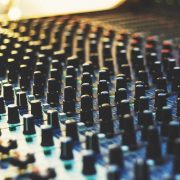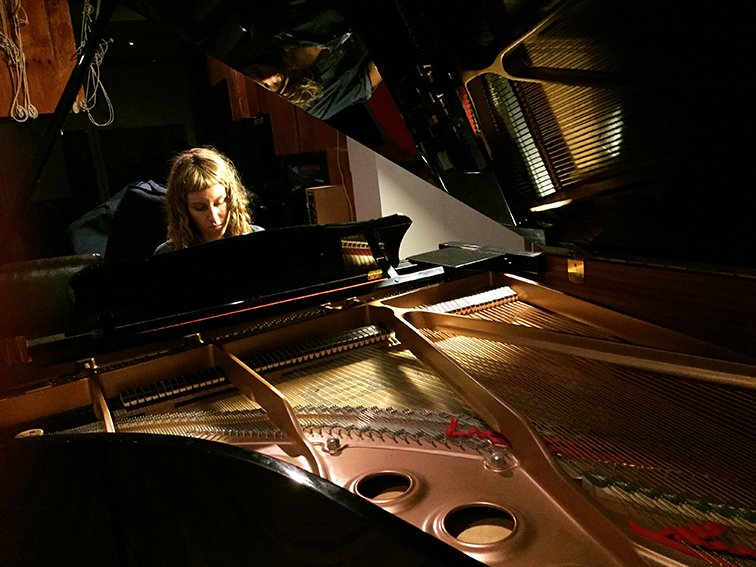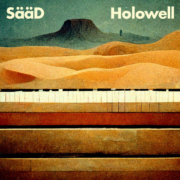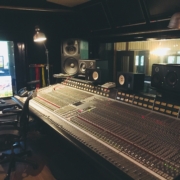Binaural Field Recording
For those that don’t know, I have been a lecturer in the Audio department at SAE Sydney for the last 5 years. At the close of campus 2020, I was fortunate enough to be able to borrow some field recording gear, namely a Zoom F8 (multi-channel recorder) and a 3DIO binaural microphone. A big thanks to Akshay Kalawar and Mel Bertram for enabling me to access Brisbane’s 3DIO microphone, see the microphone type pictured below.
For those unfamiliar with binaural microphones, they replicate the human binaural (two ear) experience. The presence of two ears enables the microphones (placed in each ear) to capture aural cues such as ITD (interaural time differences) and ILD (interaural level differences). Simply put, the two ear microphone captures differences in arrival time of sounds positioned in space around the listener. For example, a sound to the right of the listener or microphone would arrive at the right ear/microphone before it arrives at the left ear/microphone. Such cues we call ITD (interaural time differences). Similarly, the microphone will pick up level differences between the two ears, for example, a sound to the left of the microphone will be louder in the left ear than in the right, hence capturing ILD (interaural level difference) cues.
There are also microphones such as the Neumann KU-100 that also emulates the shadowing effect of the head in the human aural experience, but will a price tag of 12K or thereabouts, I as yet haven’t had the fortune to use such as a mic. See the KU-100 pictured below.
The objective over the summer break was to capture some natural bush and ocean environments with the equipment on loan from SAE. I am grateful to be living these days on the South Coast and the natural soundscapes in my day-to-day life no only have a calming effect on my person, but an inspiration in my creative audio work. Elements of these recordings will inevitably find themselves woven into future electro-acoustic compositions that I will create.
Until then, I have minimally and cleaned up the recordings for public use and access. The recordings have been minimally edited to remove noises such as mic bumps and wind distortion. A touch of RX 7 Spectral De-Noise has also been used with a Reduction curve to focus on any low-frequency rumble from neighbouring highways and urban noise pollution in general.
If you would like to use these recordings, please do so as I have put them up on freesound.org with the Creative Commons license 0, ie you may use them commercially and do not need to credit me.
For those interested further in binaural recording, I have found on my journey both the written work and field recordings of Gordon Hempton to be highly inspirational. You can listen to his work at his website soundtracker.com, and to hear more about his efforts to preserve silent spaces, spaces devoid of any industrial noise, I’d very much advise listening to a great podcast, One Being, where Gordon is interviewed by the wonderful Krista Tippet.

